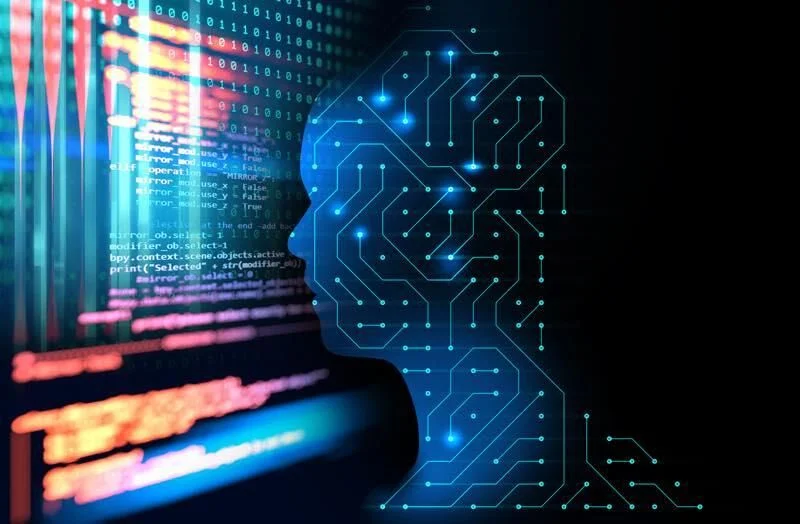In computing, an interface refers to a point of interaction between different systems, devices, or components that allows them to communicate and exchange data. Interfaces play a critical role in the functioning of both hardware and software, acting as bridges that connect different parts of a computer system. By clearly defining how components interact, interfaces ensure that complex systems can operate smoothly and efficiently.
This blog will explore the concept of interfaces in computing, including their types, significance, and practical applications.
What is an Interface in Computing?
At its core, an interface is a shared boundary across which two or more separate components of a computer system exchange information. These components can be software, hardware, or a combination of both. An interface defines the methods, data types, protocols, and functionalities that enable this communication.
In computing, interfaces are essential for interoperability, modularity, and scalability. They allow systems to evolve and be maintained independently, as long as they adhere to the defined interface.
Types of Interfaces in Computing
Interfaces in computing can be broadly categorized into two types: hardware interfaces and software interfaces.
1. Hardware Interface
A hardware interface refers to the connection and communication between physical devices, such as processors, memory, storage, and peripheral devices. These interfaces ensure that hardware components can send and receive signals, share data, and work together efficiently. Some common types of hardware interfaces include:
- USB (Universal Serial Bus): Used to connect peripherals such as keyboards, mice, printers, and external storage devices to a computer.
- HDMI (High-Definition Multimedia Interface): Transfers video and audio data between devices, such as from a computer to a monitor or TV.
- Ethernet: A networking interface that enables computers to connect to local area networks (LANs) and communicate with other devices.
Each hardware interface is defined by specific standards and protocols to ensure compatibility across different devices.
2. Software Interface
A software interface defines how software components communicate with each other within a system. It is the boundary that specifies how different software systems interact, exchange data, and work together. Software interfaces can be further divided into several categories:
- Application Programming Interface (API):
An API is a set of protocols, routines, and tools that allow different software applications to communicate with each other. For example, social media platforms offer APIs that enable third-party apps to access certain features, such as posting updates or retrieving user data. - Graphical User Interface (GUI):
A GUI is the visual interface that allows users to interact with software using graphical elements such as buttons, icons, and menus. GUIs make it easier for people to use computers without needing to know complex programming languages. - Command Line Interface (CLI):
A CLI is a text-based interface where users interact with a system by typing commands. CLIs are common in programming and system administration environments, where efficiency and precision are essential. - Network Interface:
A network interface allows computers to communicate over a network. This can include both wired and wireless communication, where devices exchange data using protocols like TCP/IP.
The Role of Interfaces in Object-Oriented Programming
In the context of object-oriented programming (OOP), an interface is a collection of abstract methods that defines the capabilities a class must implement. Unlike a class, an interface doesn’t contain any implementation details but provides a contract that specifies what methods must be available.
By using interfaces, developers can design systems with interchangeable components, enabling flexibility and scalability in software design.
For example, consider a system where different types of printers can be used:interface Printer { void print(String document); } class InkjetPrinter implements Printer { public void print(String document) { System.out.println("Printing with Inkjet Printer: " + document); } } class LaserPrinter implements Printer { public void print(String document) { System.out.println("Printing with Laser Printer: " + document); } } public class Main { public static void main(String[] args) { Printer printer = new LaserPrinter(); printer.print("Annual Report"); } }
Here, the Printer interface defines a method print, which is implemented by both InkjetPrinter and LaserPrinter. This allows the system to swap printers without changing the underlying code, as long as the new printer adheres to the Printer interface.
Importance of Interfaces in Computing
Interfaces play a pivotal role in various aspects of computing, including:
1. Modularity:
By defining clear interfaces, components of a system can be designed and developed independently. This modularity improves the maintainability of a system and allows components to be reused across different projects.
2. Interoperability:
Interfaces enable systems from different vendors to work together. For example, a printer from one manufacturer can work with a computer from another, as long as both devices adhere to standard hardware interfaces such as USB or Wi-Fi.
3. Abstraction:
Interfaces provide abstraction by hiding the implementation details of a system and exposing only the necessary functionality. This makes it easier for developers and users to work with complex systems without needing to understand the underlying mechanics.
4. Scalability:
Systems designed with interfaces are easier to scale, as new components can be added or replaced without requiring changes to existing ones. This is particularly important in large, distributed systems where different teams work on different components.
Real-World Applications of Interfaces
1. Operating Systems:
Modern operating systems provide both hardware and software interfaces that enable communication between the OS, hardware components, and applications. For example, device drivers serve as hardware interfaces, allowing the OS to communicate with peripherals like printers, keyboards, and external storage devices.
2. Web Development:
APIs are widely used in web development to allow applications to interact with external services. For example, payment gateways, social media integration, and cloud services all provide APIs that enable web applications to access their functionality.
3. Networking:
Network interfaces, such as Ethernet or Wi-Fi, enable computers and devices to communicate over a network. These interfaces adhere to specific networking standards and protocols to ensure compatibility across different systems.
4. Database Systems:
Database interfaces allow applications to interact with databases, performing operations like querying, updating, and deleting data. SQL (Structured Query Language) is a widely used interface for relational databases.
Conclusion
Interfaces are crucial in computing, providing the necessary framework for communication between various systems, components, and devices. Whether it’s enabling different hardware to work together or defining how software components interact, interfaces ensure that computing systems are modular, scalable, and interoperable. In software development, interfaces allow developers to design flexible systems with interchangeable components, while in hardware, they ensure compatibility across different manufacturers.
In today’s interconnected world, understanding and leveraging interfaces is key to building efficient, scalable, and maintainable systems.
For more insights on computing and technology, visit Techstertech.com.



